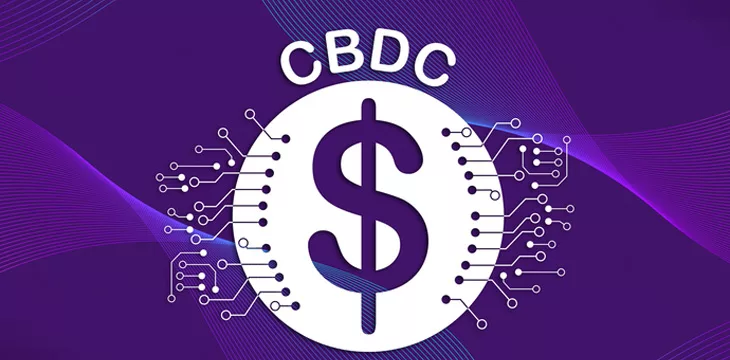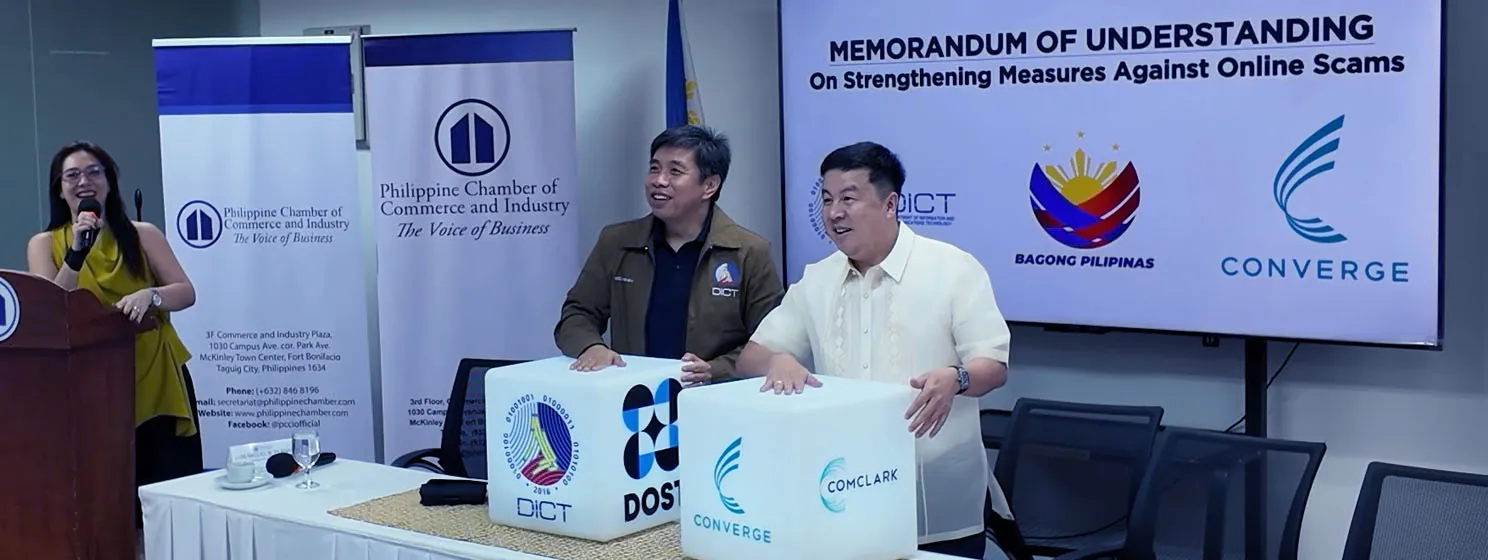|
Getting your Trinity Audio player ready...
|
Federal Reserve Governor Michelle Bowman has expressed doubts about the benefits of a potential central bank digital currency (CBDC) in the United States, saying that “the potential uses of a U.S. CBDC remain unclear and, at the same time, could introduce significant risks and tradeoffs.”
The comments formed part of a speech given at a roundtable discussing on CBDCs at Harvard Law School on October 17, where the governor addressed several digital asset-related topics and her vision for where they fit into broader U.S. policymaking.
She said that any policymaker contemplating a CBDC must ask two threshold questions. First, what problem are they trying to solve, and is there a more efficient way to solve it? Second, what features and considerations (including unintended consequences) should they think about before deciding to adopt a CBDC and designing its operation?
On the first question, Bowman set out the problems purportedly being solved by a CBDC, including addressing frictions within the payment system, promoting financial inclusion, and providing the public with access to safe central bank money—and then said that a CBDC would not be the most effective tool at solving any of them.
“These are all important issues. I have yet to see a compelling argument that a U.S. CBDC could solve any of these problems more effectively or efficiently than alternatives, or with fewer downside risks for consumers and for the economy,” she said.
She said that many of the benefits offered by CBDCs are already in place thanks to the FedNow service, which is the Fed’s new interbank system that allows for instant payments around the clock. She also said that the current payment system is well-equipped to innovate on its own terms.
On the other hand, she argued that the benefits of a CBDC are unclear despite its potential to pose significant risks to the financial system, including privacy concerns and potential spillover to the banking system.
“The U.S. intermediated banking model helps to insulate consumer financial activities from unnecessary government overreach, and I believe this is an appropriate model for future financial innovation. If not properly designed, a CBDC could disrupt the banking system and lead to disintermediation, potentially harming consumers and businesses and presenting broader financial stability risks.”
Bowman does say that it is crucial to continue studying CBDCs but says that given there is already a safe and efficient payment system and well-functioning banking system, the benefits of introducing a CBDC are questionable.
She also distinguishes CBDCs from stablecoins generally, though she reiterates her concerns about CBDCs. She also says that though stablecoins have purported to be convertible at a 1:1 value with the dollar, they have in practice, been “less secure, less stable and less regulated than traditional forms of money.”
Bowman also had much to say about the role of policymaking in financial innovation generally, saying that the question is “whether the potential benefits from innovation come from new technology or from changes to existing policy.”
“Some point to a decentralized infrastructure to support digital assets as a solution to address current frictions in cross-border payments, like speed and cost of payments. However, these perceived payment limitations do not always stem from problems with existing technology, but rather from existing policies, laws, and even consumer and business preferences,” she explained.
Those pre-existing limitations often exist for specific reasons, Bowman pointed out. An example would be compliance requirements that deter financial crimes and terrorism, which are policy decisions with good reasons for existing. The implication of what Bowman is saying, in other words, is that there is often an assumption removing barriers is a self-evident benefit of new technology but that such barriers are often placed there intentionally for good reasons.
In conclusion, Governor Bowman said:
“For all of the Federal Reserve’s involvement in this work, I support a responsible approach to innovation that recognizes the role of private sector innovations, benefits from the strengths of the U.S. banking system, and focuses policymakers on thinking about payment and financial system infrastructure and effective policy. To achieve this, I support a clear regulatory framework that provides for responsible innovation while building upon what works well today and preventing disruption of the U.S. banking and payment system.”
The upshot of this speech is that at least as far as Bowman is concerned, for all the excitement and discussion inspired by CBDCs, a potential CBDC in the U.S. is still far off.
It’s an attitude that seems to be shared by at least some within the government. In September, the U.S. House Financial Services Committee approved a bill prohibiting the issuance of a CBDC without the express authorization of Congress. Dubbed the CBDC Anti-Surveillance State Act, the bill would forbid the Federal Reserve ‘directly’ issuing a CBDC ‘or any digital asset that is substantially similar’ directly to any individual or indirectly through an intermediary. The bill is next set to be reviewed by the U.S. House of Representatives.
Read Governor Michelle W Bowman’s full speech here.
To learn more about central bank digital currencies and some of the design decisions that need to be considered when creating and launching it, read nChain’s CBDC playbook.
Watch: Building CBDC systems on Bitcoin

 08-28-2025
08-28-2025 





